Systematizing genre characteristics and text mining questions
Dr. Ho Thi Giang gave an example, with informational texts and argumentative texts, students pay attention to finding the main information and main viewpoints by identifying the topic/subject and carefully reading the content of the text (What event/incident does the text present? When did it happen? How is the content of the event/opinion interpreted).
Students pay attention to explaining and interpreting specialized words and terms in the text or explaining the basis of information/points of view in the text.
Students also need to evaluate the authenticity and objectivity of information or the depth and persuasiveness of viewpoints and evaluate the ability to apply information/ viewpoints to solve life problems.
Dr. Ho Thi Giang, Literature teacher, Foreign Language High School, Foreign Language University, Vietnam National University, Hanoi
Students need to avoid some errors in identifying methods of expression and argumentation. With questions analyzing the content of a text, students should avoid giving general answers or interpreting content that is redundant to the requirements. Information or opinions in a text need to be viewed in relation to words, images expressing information/opinions, layers of meaning expressed, cognitive values and actions that the information/opinions send to the reader. Students should read the comprehension questions once and see the relationship between the questions before answering to think more coherently and concisely.
With poetic texts, students pay attention to the formal and content elements of poetry, know how to compare, connect intertextually, and apply the text to solve literary and life problems. Reading poetry requires decoding the title, structure, lyrical characters, emotions, tone, language, images, and rhetorical devices. Finding the literal and figurative meanings of words, finding the real and symbolic meanings of images plays a very important role in reading and understanding a poem. Knowledge of word meanings, rhetorical devices, and how to recognize the relationship between linguistic units should be practiced a lot.
Students need to systematize genre characteristics and common text mining questions.
With story texts, students focus on the narrator, point of view, story situation, plot, structure, artistic details, characters, and story language. Questions identifying formal and content elements are relatively easy, students spend more time reviewing questions about the meaning of formal and content elements. At the same time, students pay attention to connecting text elements with the main theme and message, so that the text analysis is both detailed and consistent and complete.
The texts used for students to read need to be diversified in genre and selected from famous writers in literature from the past to the present. Of course, based on the actual exam questions, the modern literature section is practiced more. Encourage students to read on their own, search for more texts and practice making and answering questions, then discuss them together in class. Students will develop the ability to read independently and be more confident in handling texts.
Classify the tested and evaluated competencies in the exam to have an effective test-taking strategy.
With Reading Comprehension, students identify typical questions according to each type of text. Students answer reading comprehension questions focusing directly on the requirements of the question, paying attention to accurate information, not presenting long-winded, circular information.
With the ability to write paragraphs (about 200 words), students classify and practice two types: writing literary argumentative paragraphs and writing social argumentative paragraphs. Students review the form of paragraphs and the argumentative operations needed to develop paragraphs; pay attention to the close relationship between reasoning and evidence to make the writing coherent and convincing. The test limit of about 200 words usually only requires clarification of one aspect/side of the problem, students should not think ramblingly and take on too much but need to focus on the main task in the question.
Candidates should practice more carefully the ability to use argumentation operations and increase practice of some specific skills of Literature.
With the ability to write an essay (about 600 words), similarly, students also encounter two types of writing: Writing a social argumentative essay and Writing a literary argumentative essay. In these types, the issues raised are often broader and deeper, requiring students to mobilize more knowledge and have the ability to think and write long-term.
A common weakness that students have is the inability to separate problems into arguments. Another weakness is that students cannot write good comments. Students can discover artistic devices in a poem or character traits in a short story, but they are confused about how to express the creativity of that device or the appeal and depth of that character.
To overcome this limitation, we should practice more elaborately the ability to use argumentation operations and increase the practice of some specific skills of Literature - a subject with high aesthetic value.
Practice doing the test - correct and fast
The two important factors for the success of the test are correctness and speed. Correct content, careful writing, good writing. Fast time, good control of test progress. To be correct and fast, the best way is to practice regularly to have flexible and sensitive reflexes to the test. And, test taking is only truly effective when it is corrected and graded continuously, helping students to recognize and correct mistakes, and to smooth out shortcomings as soon as possible to get the best results.
The 2018 program requires the mobilization of social and literary knowledge quite equally. The exam is envisioned as follows: If the Reading Comprehension section is based on literary texts, the Writing section will require writing literary argumentative paragraphs and social argumentative essays. Conversely, if the Reading Comprehension section is based on informational texts or life argumentative texts, the Writing section will require writing social argumentative paragraphs and literary argumentative essays. The practice test needs to cover all types and give students practice with question structures that evenly distribute such skills.
Creation is based on the meaning of truth - goodness - beauty, avoiding extreme reasoning.
Teaching and learning Literature according to the 2018 General Education Program is implemented in the direction of promoting learners' qualities and abilities; overcoming the situation of teaching and learning that is heavy on lecturing, reading and copying, and requiring students to memorize model texts, while encouraging students' creativity.
However, Dr. Ho Thi Giang noted that creativity is never synonymous with arbitrariness. Therefore, students who want to be creative must also base themselves on a foundation of understanding the genre correctly, how to approach the genre, and building a humanistic perspective in exploiting literary works or life issues. Students' new discoveries must be consistent with the ideas of the work, or evoke valid concerns and questions, have the meaning of truth - goodness - beauty, and avoid baseless and extreme inferences.
This year, Dr. Giang hopes that the exam questions are appropriate, and that the texts and questions are chosen in an interesting way. The exam questions should not only puzzle students, but also inspire them in the process of doing the test. Try to imagine each essay topic as a life experience and think, we will find it really interesting.
Quoc Viet
Source: https://daibieunhandan.vn/giao-vien-truong-thpt-chuyen-ngoai-ngu-huong-dan-cach-on-thi-mon-ngu-van-tot-nghiep-thpt-dat-diem-cao-post408952.html



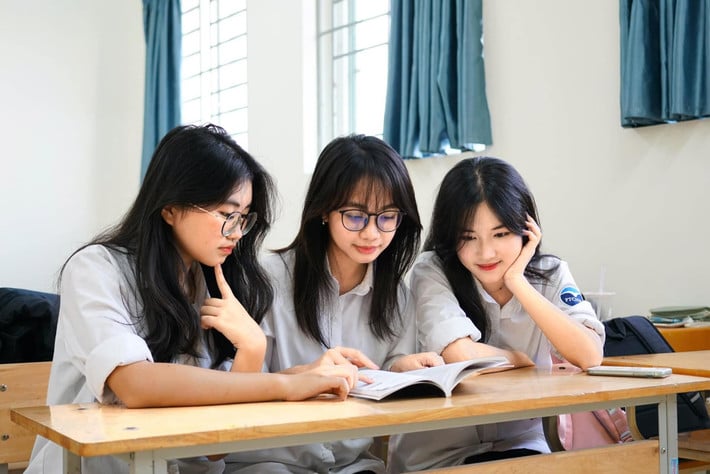
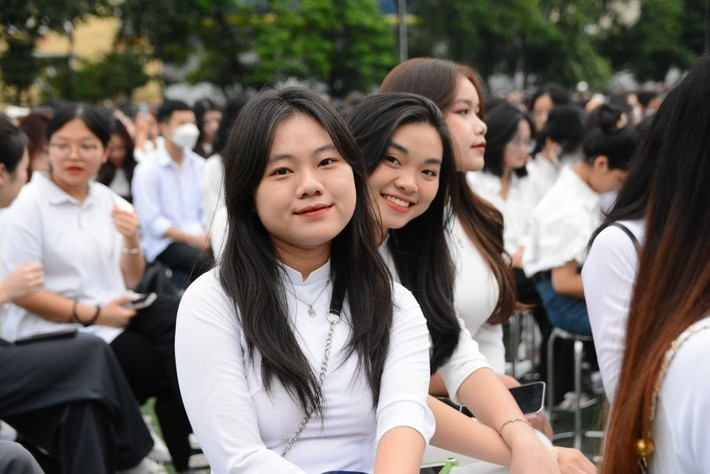

![[Photo] Prime Minister Pham Minh Chinh receives Deputy Prime Minister of the Republic of Belarus Anatoly Sivak](https://vstatic.vietnam.vn/vietnam/resource/IMAGE/2025/4/2/79cdb685820a45868602e2fa576977a0)

![[Photo] Prime Minister Pham Minh Chinh receives CEO of Standard Chartered Group](https://vstatic.vietnam.vn/vietnam/resource/IMAGE/2025/4/2/125507ba412d4ebfb091fa7ddb936b3b)
![[Photo] General Secretary To Lam receives Russian Ambassador to Vietnam](https://vstatic.vietnam.vn/vietnam/resource/IMAGE/2025/4/2/b486192404d54058b15165174ea36c4e)

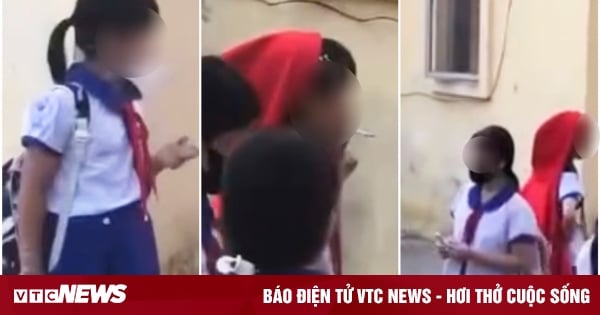
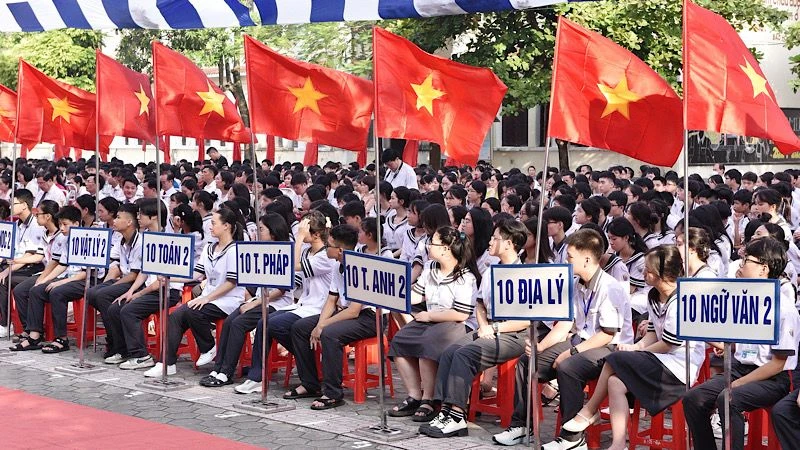
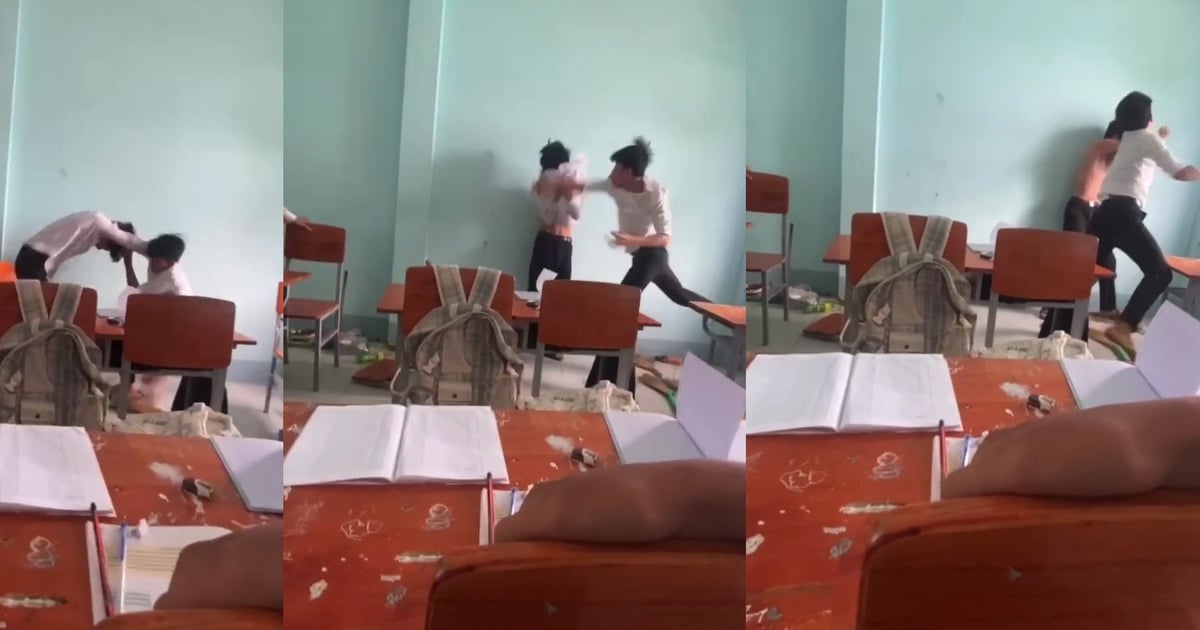
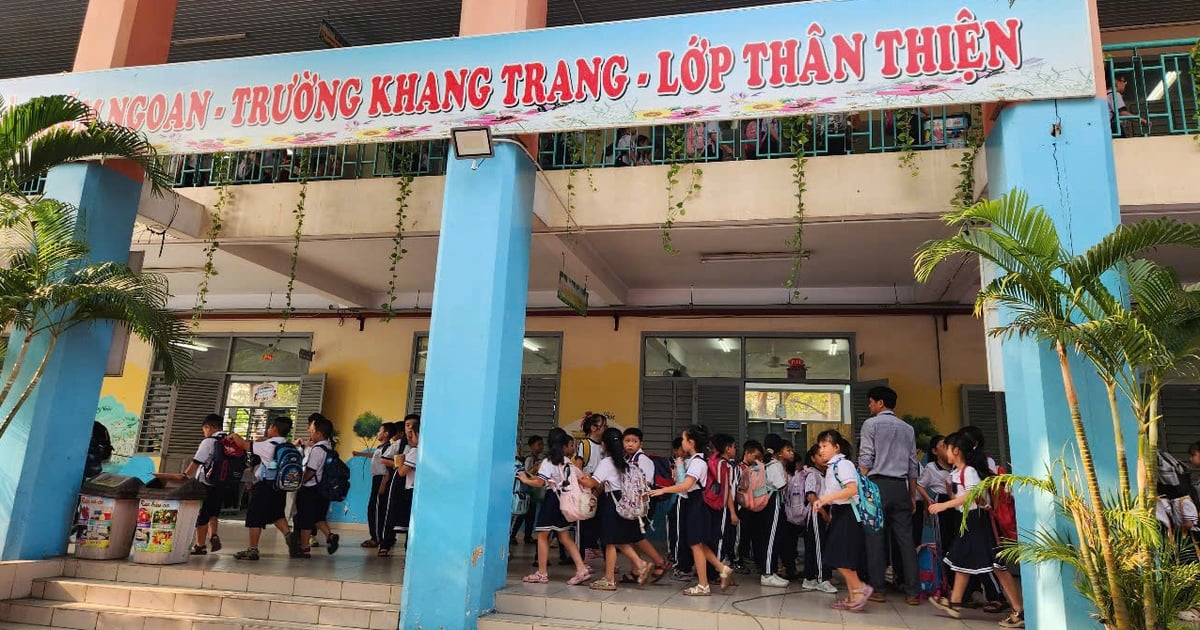
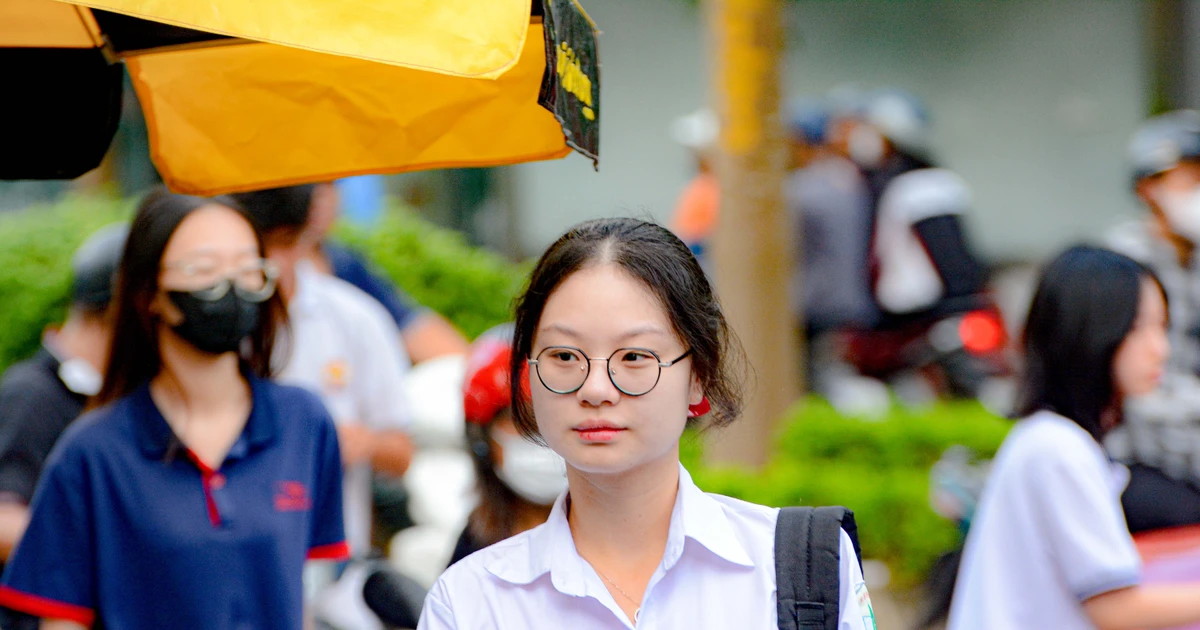
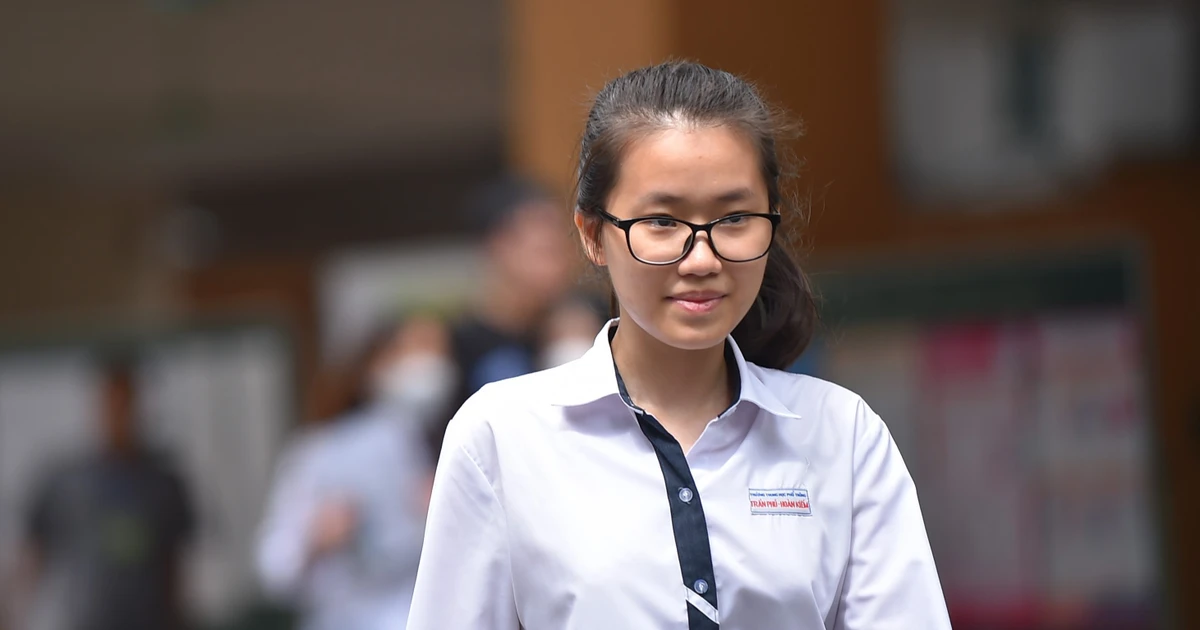




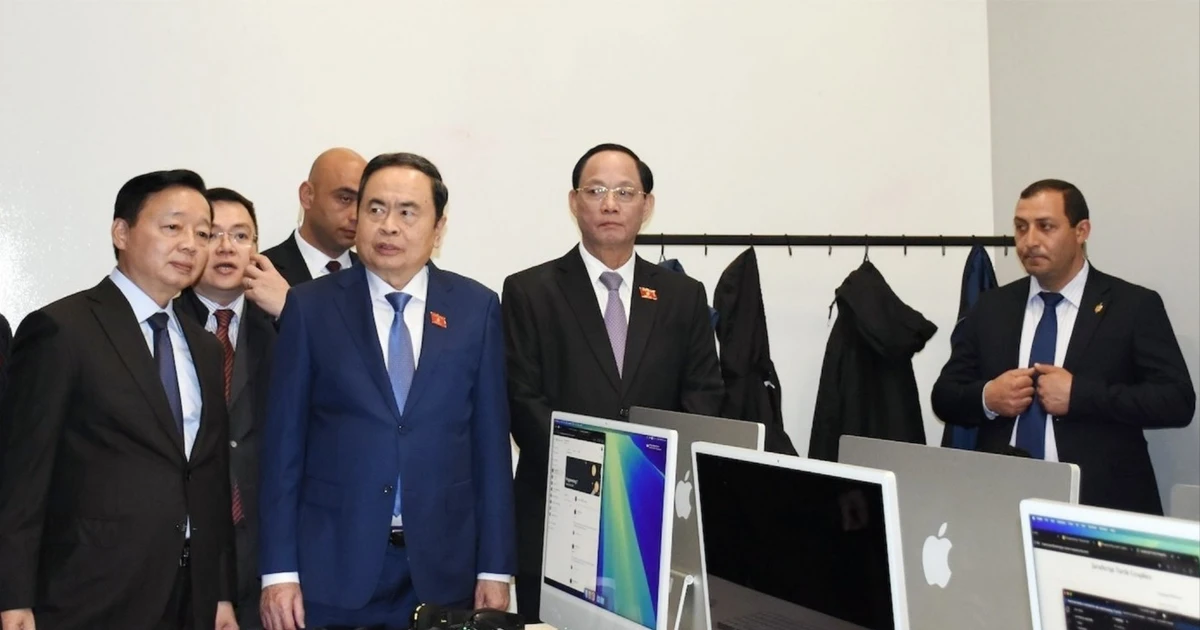

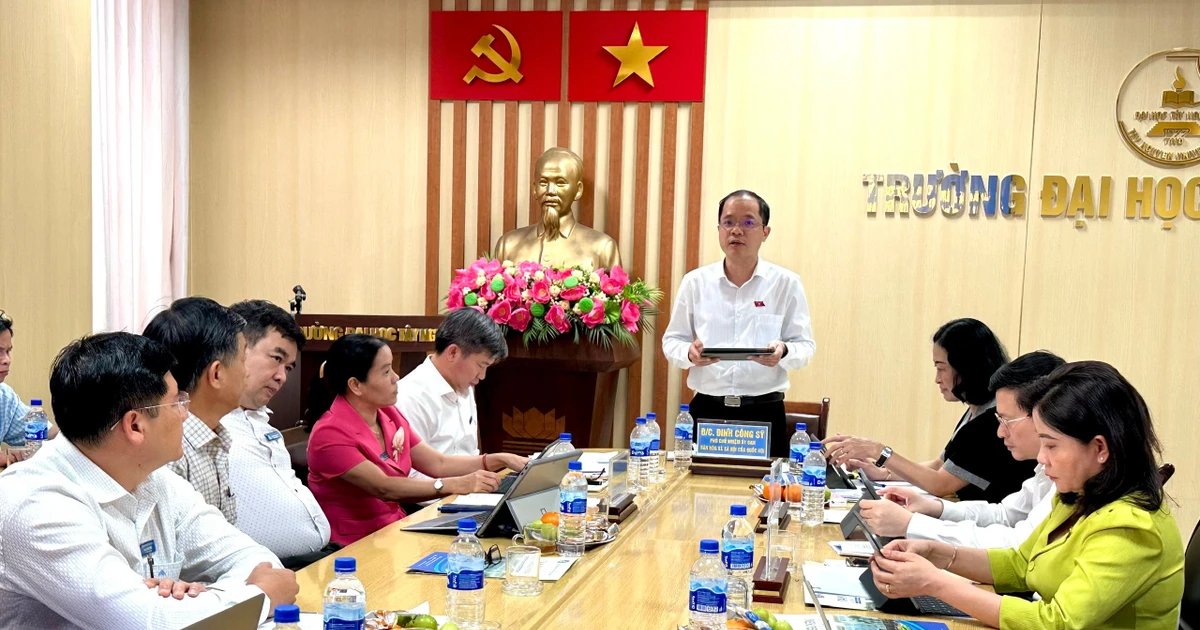

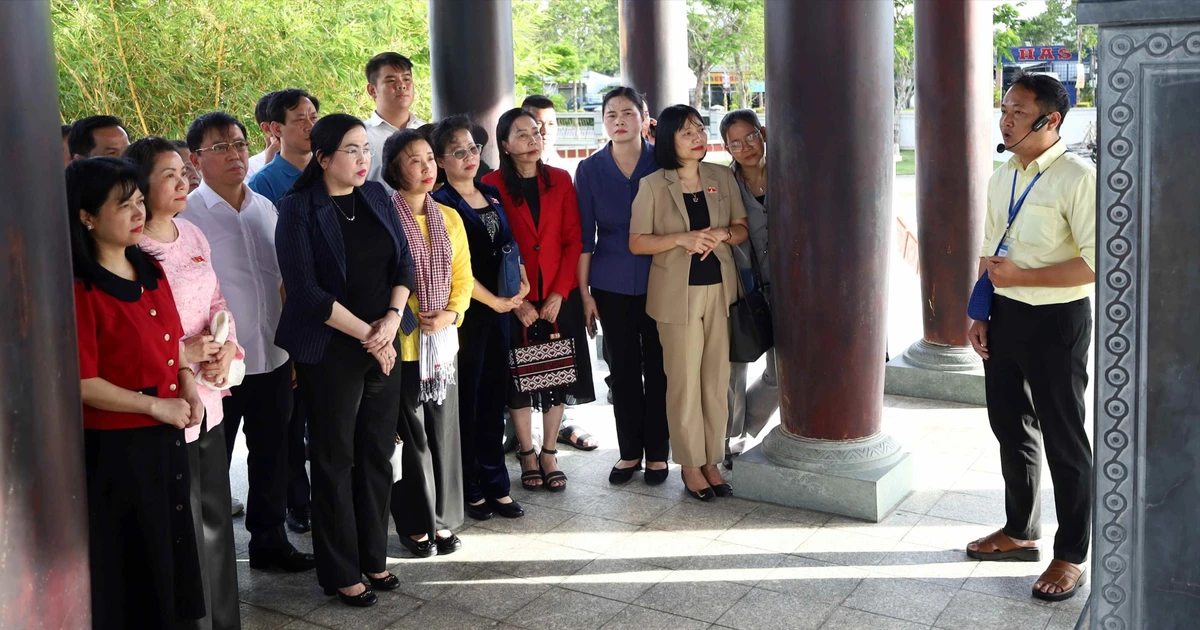








































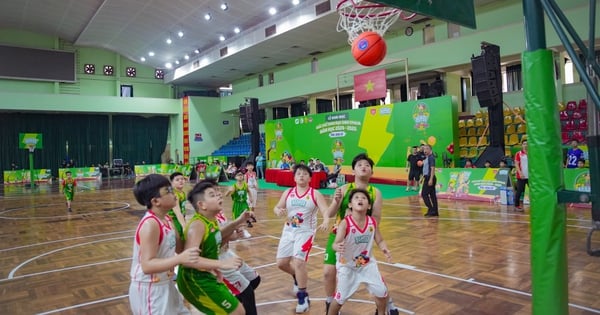





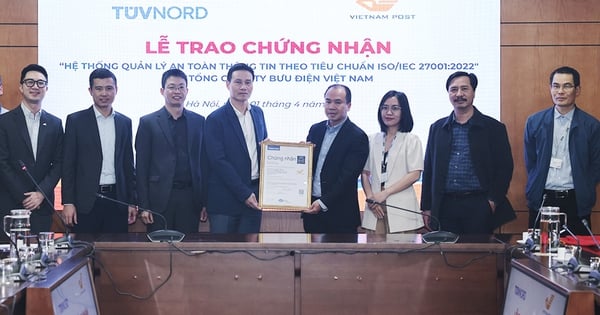

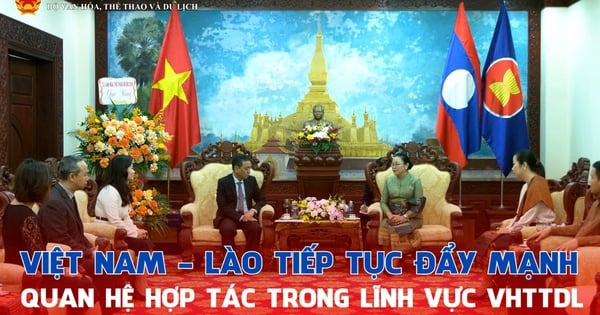
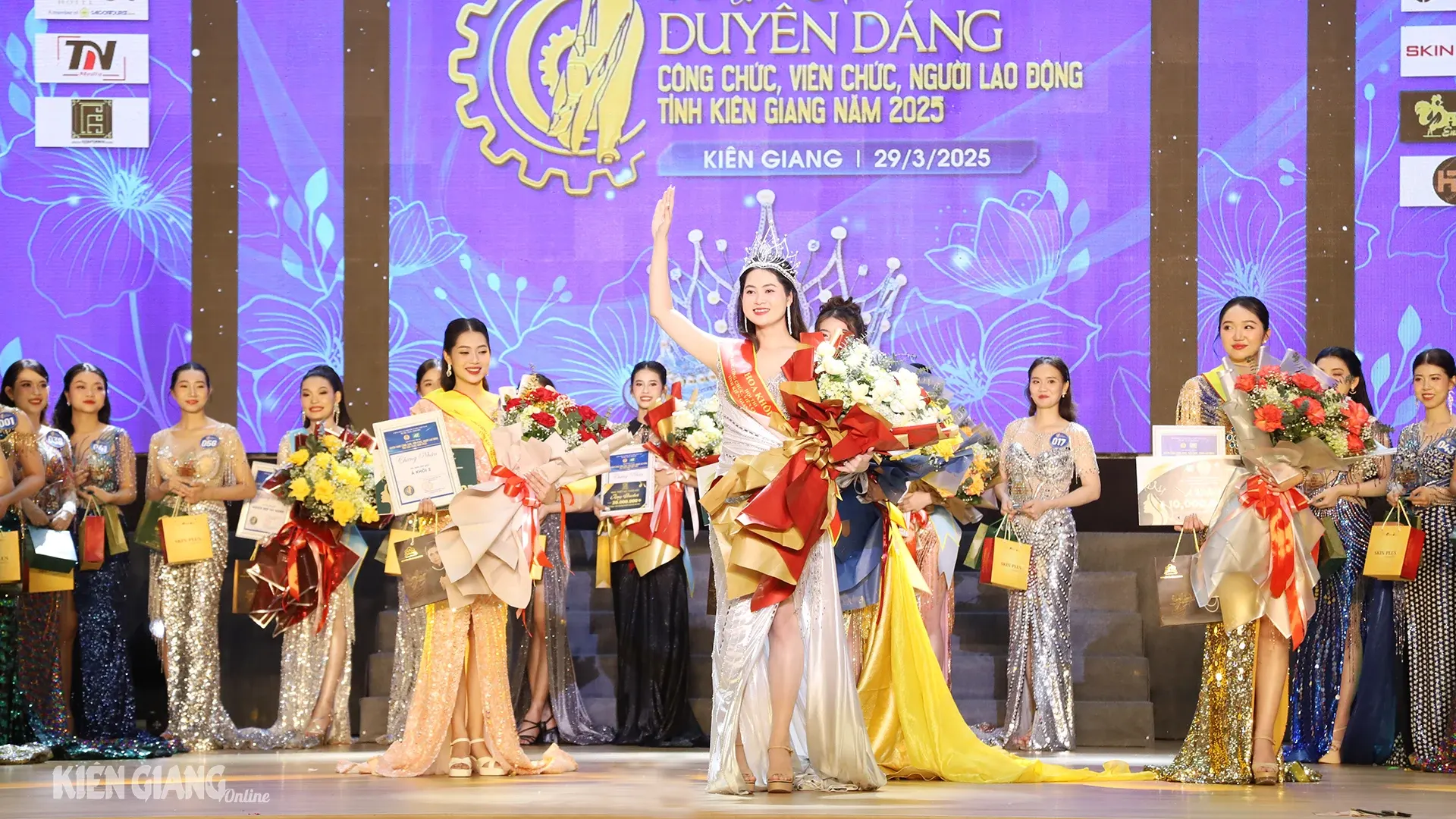

![[Podcast] News on March 27, 2025](https://vstatic.vietnam.vn/vietnam/resource/IMAGE/2025/4/2/de589137cda7441eb0e41ee218b477e8)

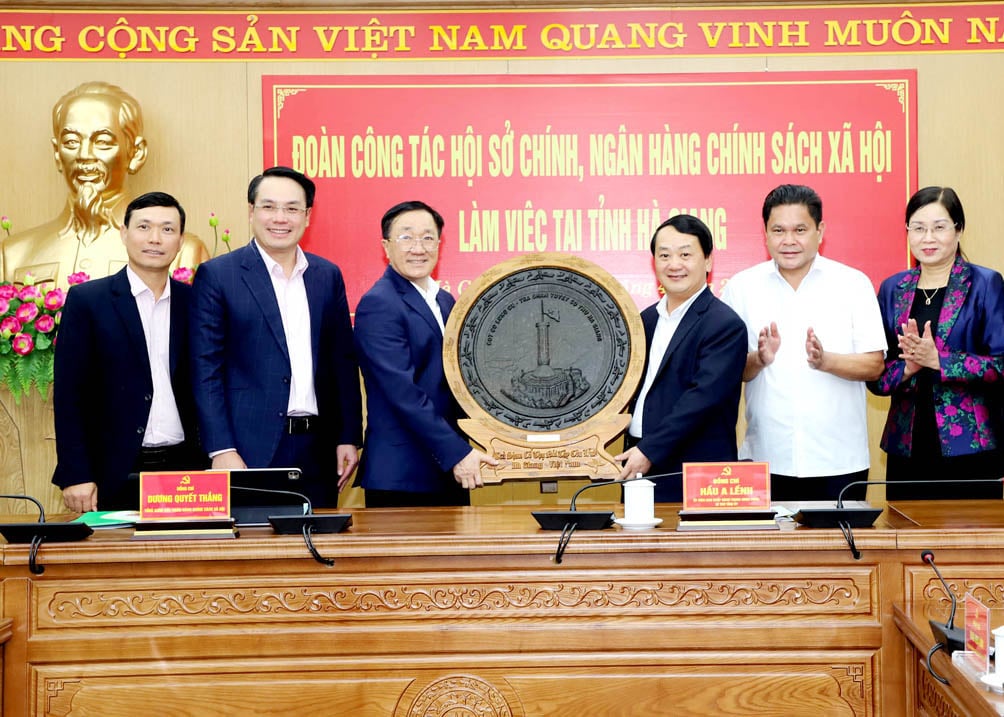
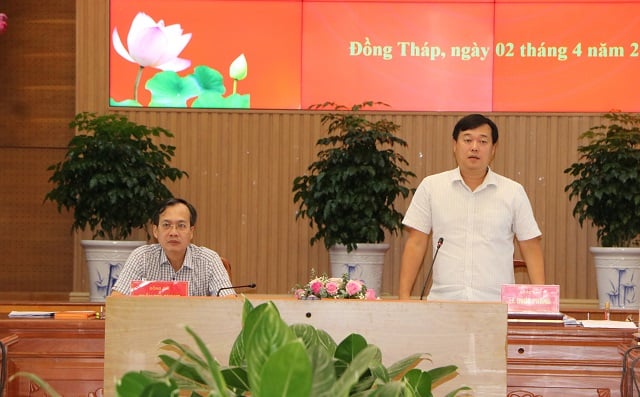
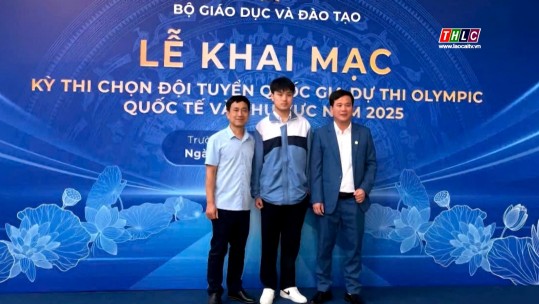












Comment (0)